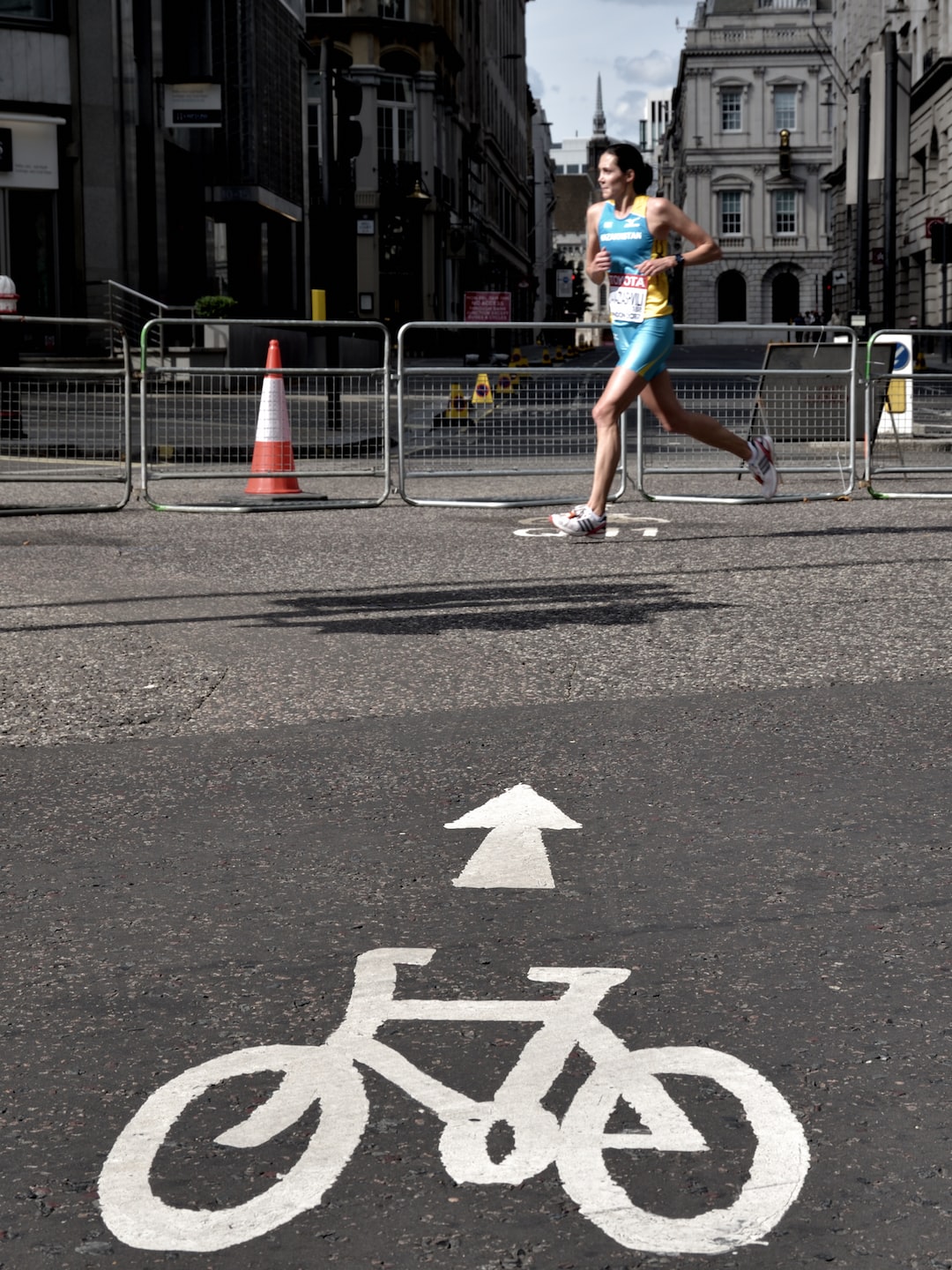Mastering the Basics: Proper Form for Sprinting
Sprinting is one of the most explosive and dynamic movements in sports. Whether you’re an athlete wanting to improve your speed or simply looking to incorporate high-intensity workouts into your routine, mastering the basics of proper sprinting form is crucial for maximizing your performance and minimizing the risk of injuries. In this blog post, we will delve into the fundamentals of sprinting form and discuss the techniques that can take your sprinting to the next level.
1. Starting Position:
The starting position sets the foundation for your sprint. Stand tall with your feet shoulder-width apart, facing the direction you want to sprint. Keep your arms relaxed at your sides, ready to engage in the sprint. Bend your knees slightly, creating a slight forward lean while keeping your back straight. This position allows for a quick acceleration as you push off and establish momentum.
2. Drive Phase:
The drive phase refers to the initial burst of speed when you push off from the ground. As you explode forward, drive your knees up, seamlessly transitioning the power from your hip flexors to your legs. Maintain a 90-degree angle between your thigh and lower leg, creating efficient and powerful strides. Simultaneously, pump your arms in sync with your leg movements, driving them forward and backward to enhance your momentum.
3. Stride Length and Frequency:
A combination of stride length and frequency determines the speed of your sprint. Stride length refers to the distance covered by each stride, while stride frequency relates to the number of strides taken within a given time. To maximize your sprinting speed, focus on achieving a balance between the two. Strive for powerful pushes off the ground by extending your leg fully and driving it toward the back. This will allow for longer strides while maintaining a quick turnover, resulting in an efficient sprinting technique.
4. Posture and Alignment:
Maintaining proper posture throughout your sprint is vital for optimum performance. Keep your body straight and tall, avoiding any leaning forward or backward excessively. This alignment will help you distribute your weight evenly and generate power from your glutes, hamstrings, and quadriceps. Furthermore, engage your core muscles to stabilize your trunk and prevent unnecessary side-to-side movement, which can slow you down or lead to injuries.
5. Arm Action:
The arms play a significant role in sprinting, contributing to the overall propulsion and balance of your stride. Bend your elbows at approximately 90 degrees, allowing your arms to swing naturally back and forth in coordination with your leg movements. As you drive your arms forward, ensure they reach shoulder level while avoiding any crossing over your body’s midline. Focusing on the movement of your arms will generate power and add rhythm to your sprint.
6. Cadence and Relaxation:
Finding a smooth and effective cadence is essential to sprinting success. Work on striking a balance between power and relaxation to optimize your performance. Tension in your muscles can hinder your speed, so strive for a relaxed and fluid sprinting style. Mentally focus on relaxing your jaw, neck, and shoulders while keeping your lower body explosive and powerful. This combination of relaxation and power will help you achieve your fastest sprints.
7. Recovery Phase:
Once you have reached your maximum speed, focus on maintaining proper form during the recovery phase. Your recovery stride should be quick and efficient, ensuring minimal ground contact time. At this stage, your body should be naturally progressing towards your next stride, keeping your muscles primed for the next push-off. Pay attention to your arm action during recovery, maintaining the previous motions to sustain your momentum.
In conclusion, mastering the basics of proper sprinting form is essential for maximizing your speed and minimizing the risk of injuries. By starting with the right position, driving your knees and pumping your arms, focusing on stride length and frequency, maintaining good posture and alignment, engaging in proper arm action, finding the right cadence, and emphasizing relaxation and a smooth recovery phase, you will be well on your way to becoming a sprinting force to be reckoned with. So, lace up your shoes, hit the track, and remember to practice these techniques consistently to take your sprinting game to the next level.


